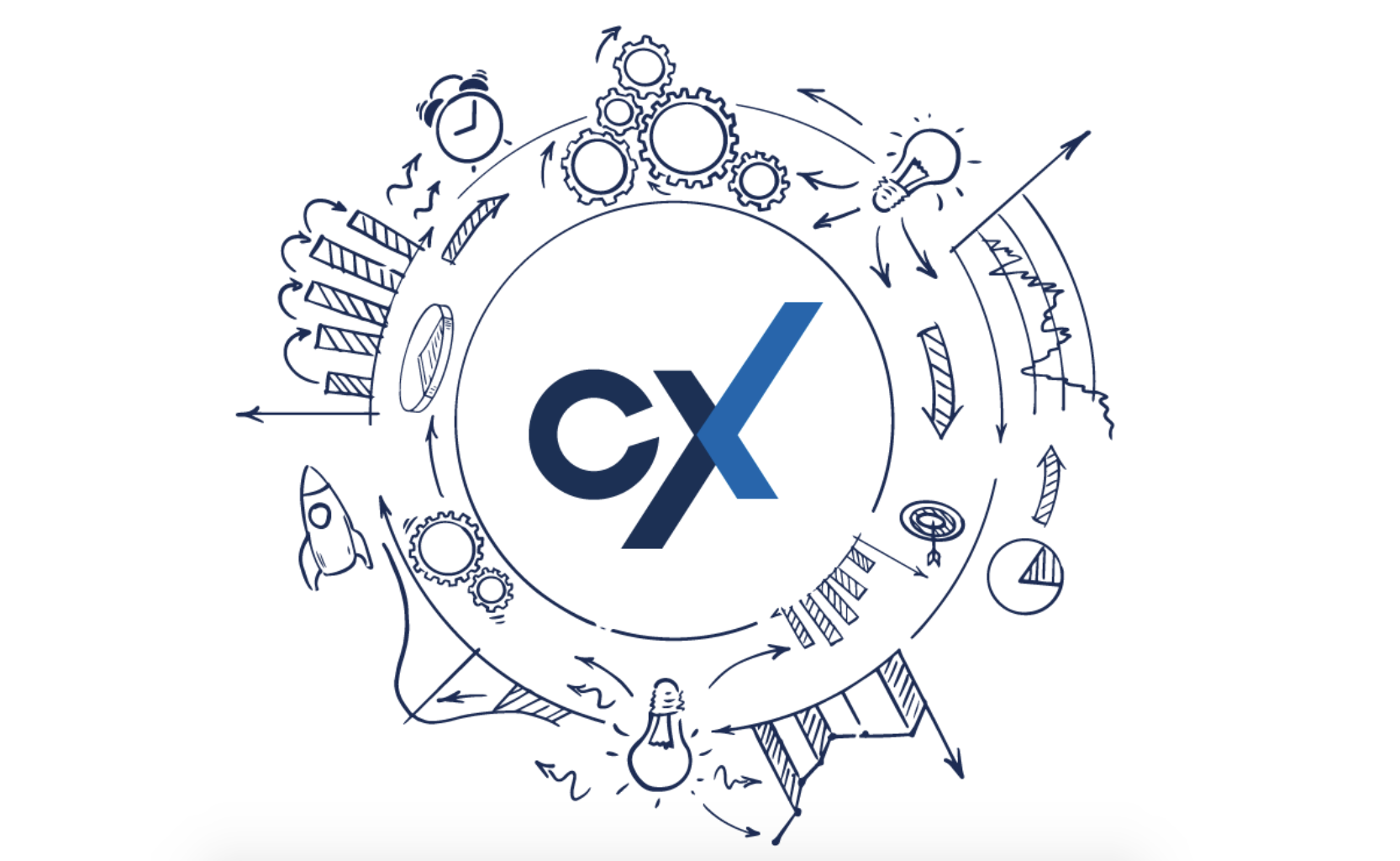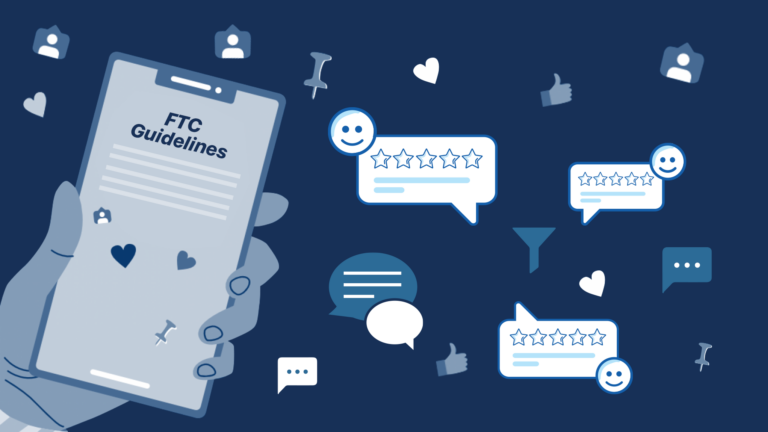2020 was a transformational year for the CX industry. Consumer behaviors and buying trends experienced major shifts, forcing business leaders to put a spotlight on their customer experience programs.
Customer experience has been part of the business lexicon for decades, but 2020 caused it to rise to the top of every business leader’s list of priorities. During such a tumultuous year, brands quickly understood that their customer experience strategy had to be reevaluated as many enterprise organizations were forced to completely redesign the customer journey.
According to a recent McKinsey report, “The recent shifts in consumer behaviors and expectations brought about by COVID-19 are forcing companies to change how they connect with and serve customers. Those that do not adjust to the next normal will quickly be left behind.”
In the report, McKinsey cites how companies that invested in customer experience during the last economic recession saw three-times the shareholder returns compared to companies that failed to prioritize CX. Why? Because a strategic customer experience program puts your customer at the center of your business — making it possible to remain competitive in a world where consumers have thousands of options to browse, buy and connect with brands all from the convenience of their phones.
What is CX?
Experience.com defines CX, or customer experience, as every component of the customer journey, from the moment a consumer is introduced to your brand all the way through to the transaction and every moment that happens post-transaction. A strategic CX program takes into account each touchpoint along the customer journey, optimizing crucial moments to create a series of exceptional experiences.
Brands can have multiple customer journeys that translate to thousands, even millions, of customer experiences. For large enterprises, it is often unrealistic to expect every single moment along the customer journey to be optimized for maximum effect. But, by defining the most impactful moments of engagement with a customer, brands can begin to carve out effective customer experience management that moves the needle on primary business outcomes.
Why CX matters more now than ever before
Customer experience has always been a significant driver of a business’ success, but 2020 put CX strategies in a whole new light. As digital transformation initiatives launched at record speed, business leaders were required to deliver new customer experience programs that aligned with their digital transformation efforts. Forrester VP and research director Harley Manning reported his firm saw noticeable changes within the industry during 2020 according to Forrester’s Customer Experience Index report.
“Leaving behind the gloom landscape of overall stagnation that we’ve observed since 2015, 2020 saw statistically significant advances by just over one-quart of brands in our study,” writes Manning, “We interviewed CX leaders at 11 of the brands that made gains. Nine of our interviewees told us about the central role of their measurement program or voice-of-the-customer (VoC) program in driving gains.”
The CX leaders interviewed by Forrester know what many brands are still learning: An exceptional CX strategy does more than improve brand reputation and keep Net Promoter Scores high — it can drive measurable results.
How CX impacts business outcomes — both positively and negatively
The 2020 Global Customer Experience Benchmarking Report published by NTT found 64.9% of organizations with a formal voice of customer program (a program that captures, analyzes and offers data on customer feedback) have improved customer loyalty, while 50% of organizations with VoC programs confirmed lifts in revenue. Among the more than 1,000 CX professionals surveyed, 81.6% agreed CX strategies offered their organization a competitive edge and 58% reported it was their primary differentiator.
Study after study highlights the importance of CX on business objectives. American Express’ research revealed 7 out of 10 consumers would spend more money to do business with a brand that offers elevated customer experiences. Forbes reported 66% of consumers would be more loyal to a company that delivered satisfactory customer experiences, 65% would recommend the company to others and 48% would spend more money with the company.
In the same way great CX can improve business outcomes, bad CX can cost brands major revenue gains. Forbes reported in 2018 that U.S. businesses were losing $75 billion due to poor customer service, underscoring just how much a poor CX strategy — or no strategy at all — can impact a brand.
Why now is the time to build a lasting CX strategy
According to Forrester’s Harley Manning, “Improving customer experience requires brands to adopt CX business discipline.” He writes that brands can only improve the quality of the experiences they deliver by learning new skills and practicing new customer experience management activities. For many brands, even beginning to manage CX would be an improvement over current processes.
Enterprise organizations need more than a platform that simply enables VoC tactics — brand’s need an integrated CX solution that can capture customer feedback, measure the feedback and turn it into actionable data that they can operationalize to improve customer experiences in real-time. Experience.com’s experience management platform was developed to do just that, integrating with your martech stack to automate and optimize customer and employee experiences.
If your organization still lacks a full-scale CX strategy powered by a best in class experience management platform, time is of the essence. During the last year, businesses across industries have fast-tracked their digital transformation efforts, creating an ultra-competitive landscape. To thrive in this new normal, enterprise organizations need to prioritize CX and implement the right technology to deliver top notch customer experiences.

















